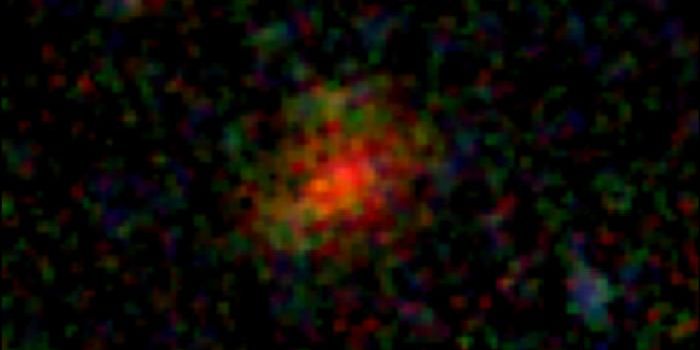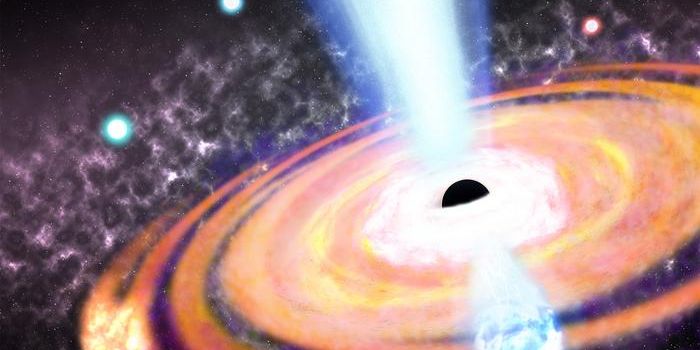New Report Outlines How NASA Will Prepare for Potential Near-Earth Object Collisions
NASA juggles a bevy of space-related responsibilities, such as exploring the solar system and studying the most distant reaches of the universe, but one of the most critical of those involves protecting the planet from cataclysmically-hazardous collisions from near-Earth objects (NEOs).
Image Credit: Pixabay
In essence, NEOs are space rocks that come uncomfortably close to Earth as they orbit around the Sun. Thousands of known NEOs reside within our stellar neighborhood, and NASA regularly monitors each of them to understand their trajectories and if/when they may pose a threat.
Notably, Wednesday was a rather historic day for these efforts. NASA unveiled a 20-page report entitled “Near-Earth Object Preparedness Strategy and Action Plan” that describes five critical points that it will use to protect the Earth from possible NEO collisions. Among those are:
- Enhance NEO detection, tracking, and characterization capabilities
- Improve NEO modeling prediction, and information integration
- Develop technologies for NEO deflection and disruption missions
- Increase international cooperation on NEO preparation
- Establish NEO impact emergency procedures and action protocols
“The nation already has significant scientific, technical and operation capabilities that are relevant to asteroid impact prevention,” elaborated Lindley Johnson, NASA’s planetary defense officer.
“Implementing the National Near-Earth Object Preparedness Strategy and Action Plan will greatly increase our nation’s readiness and work with international partners to effectively respond should a new potential asteroid impact be detected.”
Related: Here are a few ways NASA might protect the planet from near-Earth objects
While the probability of a near-future NEO impact is incredibly slim, it never hurts to be prepared just in case an unsuspecting space rock slips under the radar. That said, these baby steps toward being able to defend ourselves from a potential extinction-level event are vital to humankind and the many other forms of life that inhabit Earth.
The full report is available to the public via the White House’s website.
Source: NASA
-
MAY 07, 2024Is It Anti-RNP or Anti-Sm/RNP?
-
MAY 08, 2024Expand your Multiomic Capabilities with RNAscope™
- See More
-
APR 30, 2024Immuno-Oncology Virtual Event Series 2024
-
MAY 07, 20243rd International Biosecurity Virtual Symposium
-
MAY 23, 2024For the Love of Digital PCR 2024
- See More


















































